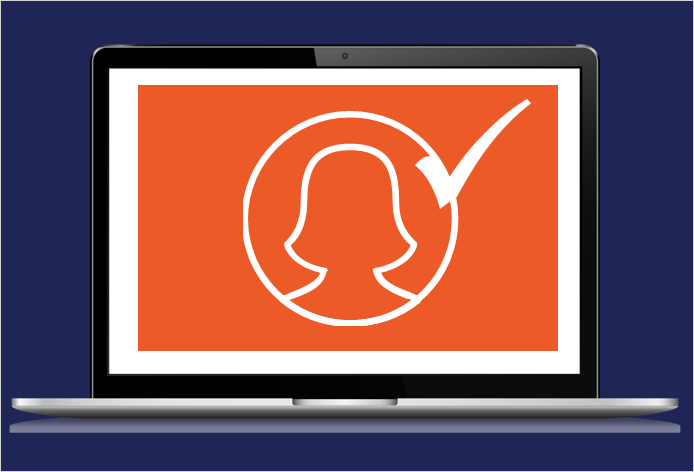
Customer authentication
To protect the customer's sensitive data or to collect additional information about a customer, customer service representatives (CSR) require external authentication for all customers. Authentication helps prevent malicious or unauthorized users from hijacking data.
Pega Customer Service™ provides you with two options to perform customer authentication. You can perform customer authentication at the beginning of an interaction (pre-chat) or during a conversation (mid-chat). Customers pass on their private data to Pega Customer Service with the underlying messaging API in digital messaging interfaces. If the customer's private data matches with the records in the database, the customer is marked as authenticated to service their request, or else they are unauthenticated.
Pega Customer Service authenticates customers in the following cases:
Pre-chat: When a customer who is interacting on a digital messaging interface is already logged into a website, the system authenticates the customer by passing the customer's private data to Pega Customer Service with the Messaging API. When the customer authenticates pre-chat, the CSR has the customer's account information on their screen. The customer does not have to reauthenticate when the call is redirected to the CSR.
You can conduct the pre-chat authentication by enabling the Requires authentication option for any case while creating an interface. Then, the system triggers the authentication process during the live conversation when the customer requests that case.
The system starts the authentication process by sending the login URL (to which the customer is redirected) to the Messaging API.
For example, if the customer requests an Open a new account case, and you have enabled the Requires authentication option for that case, then the customer must log in with the authenticated credentials to open a new account.
Mid-chat: When a customer is connected to the CSR in mid-chat, the CSR can ask the customer to authenticate by clicking the Request authentication option so that the customer is directed to the client-configured site.
When the customer logs into the website, the interaction is treated as authenticated for a specific amount of time, which you can define in the channel interface configuration.
Indicators of customer authentication
Unauthenticated customer icon on the chat panel. When the customer is not authenticated, there is no checkmark next to the customer icon on the chat pane in the Interaction Portal.
Authenticated customer icon on the chat panel. When the customer is authenticated, the system displays a checkmark beside the customer icon on the chat pane in the Interaction Portal.
This Topic is available in the following Modules:
If you are having problems with your training, please review the Pega Academy Support FAQs.
Want to help us improve this content?

